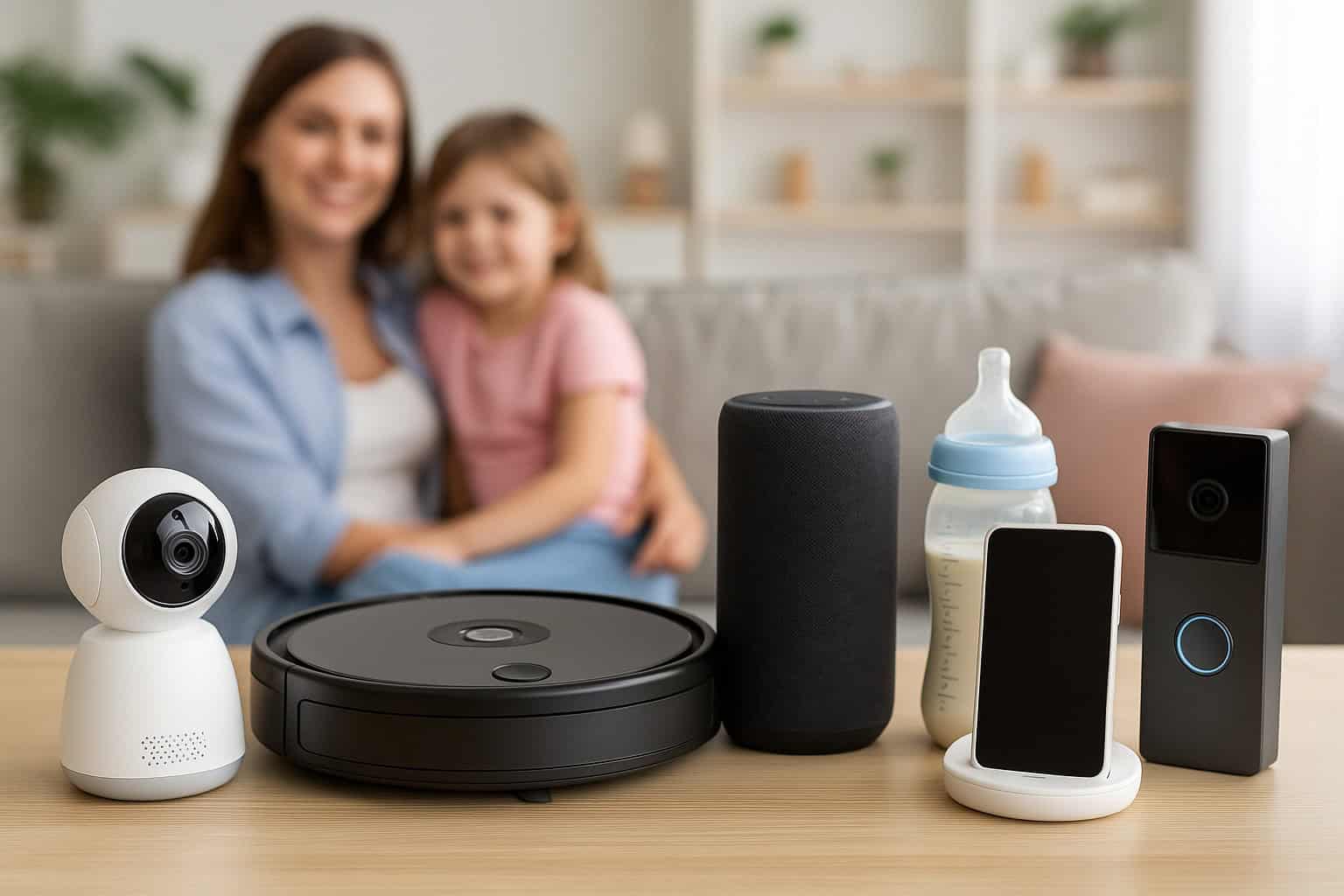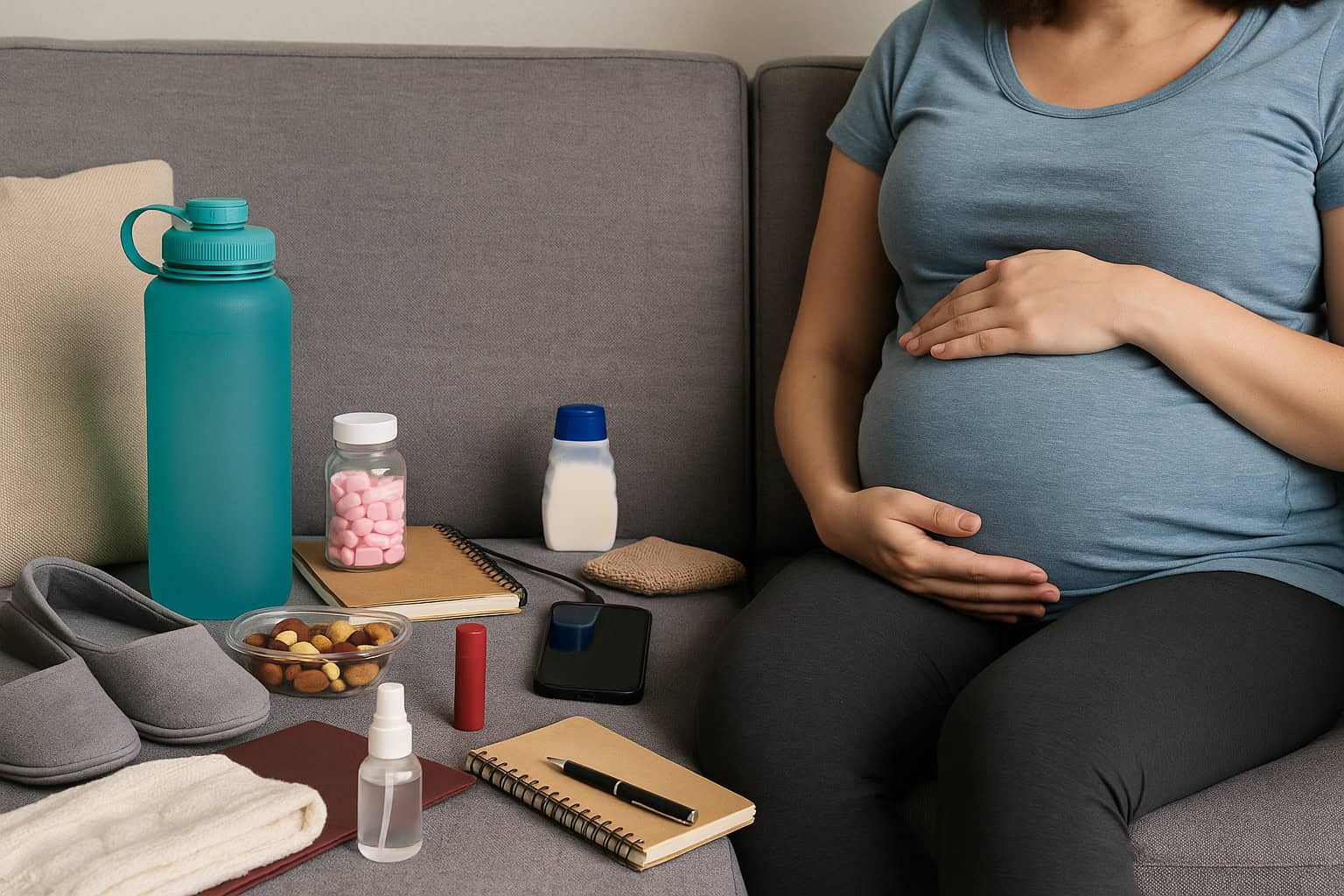Things You Can Skip When Traveling With Kids (To Save Time & Space)
Traveling with kids often means packing and planning for every possible scenario, but streamlining your approach can save both time and space. By identifying what’s truly essential—and what you can safely leave behind—you’ll lighten your load and reduce travel stress. This listicle highlights practical items and habits that are commonly overpacked or unnecessary, offering thoughtful alternatives and real-world examples. Discover how simplifying your gear and routines can make family trips smoother, more enjoyable, and less cluttered. For additional family travel tips, check out Family Vacation Critic and TravelingMom.
1. Full-Sized Strollers
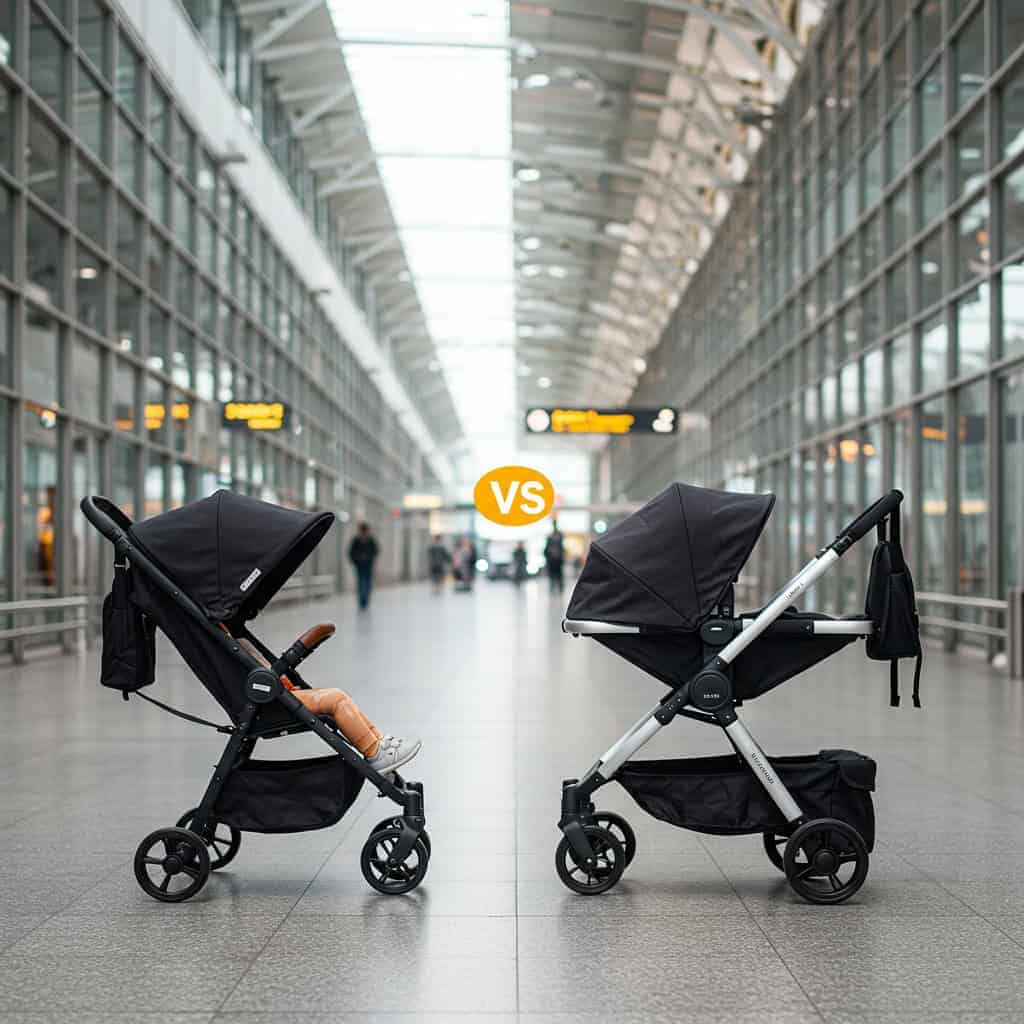
Bulky, heavy strollers often take up valuable space and can be cumbersome in airports or narrow city streets. Opting for a lightweight travel stroller or baby carrier is usually more practical. Many destinations are stroller-friendly, but compact models are easier to maneuver and store. Unless you have a newborn or a child who absolutely needs the extra support, save yourself the hassle and leave the full-sized version at home. Borrowing or renting at your destination is also an option.
2. Excessive Toys and Books
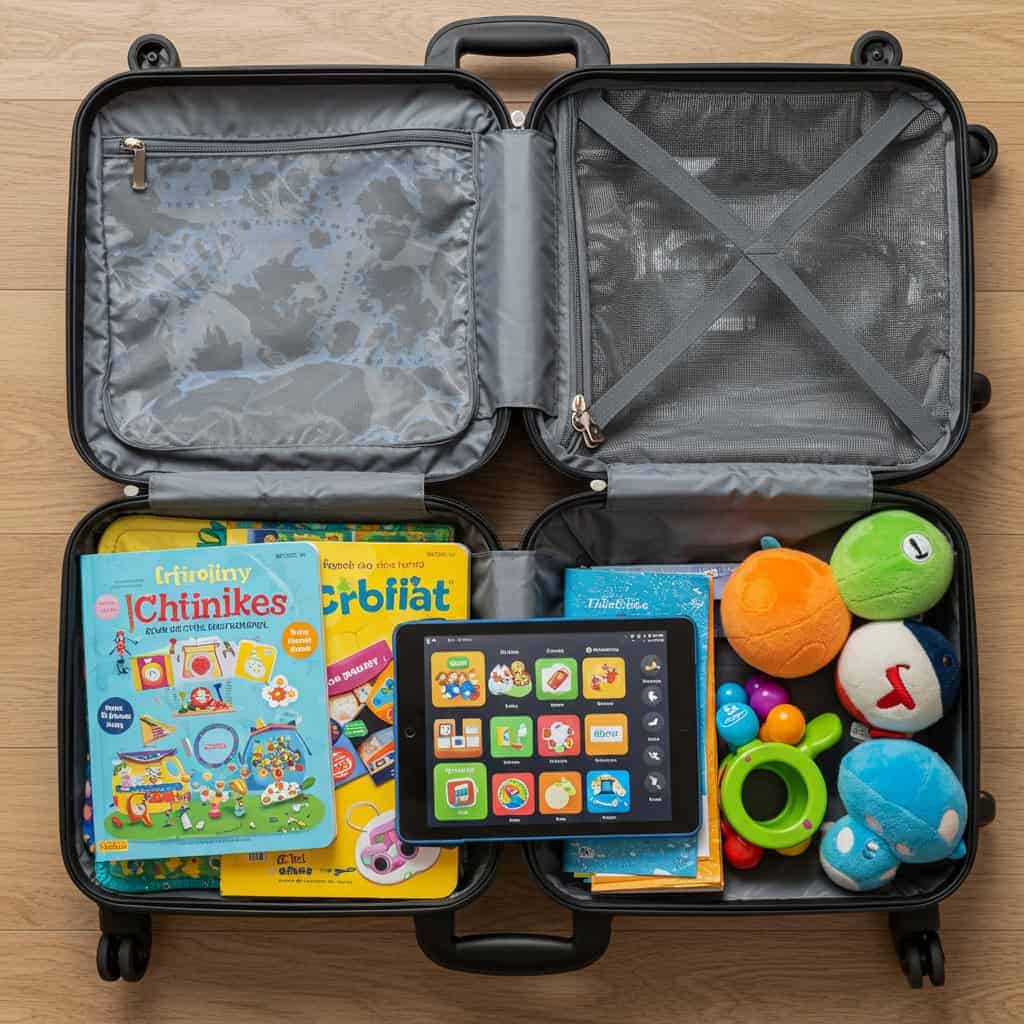
It’s tempting to keep kids entertained with an abundance of toys and books, but they can quickly become dead weight. Select a few favorites or opt for multi-purpose items like activity books or a tablet loaded with games and e-books. Most children engage with new environments, so local attractions, playgrounds, and nature walks can provide plenty of stimulation. Rotating a small selection of toys also keeps things fresh without overpacking.
3. Multiple Outfits Per Day
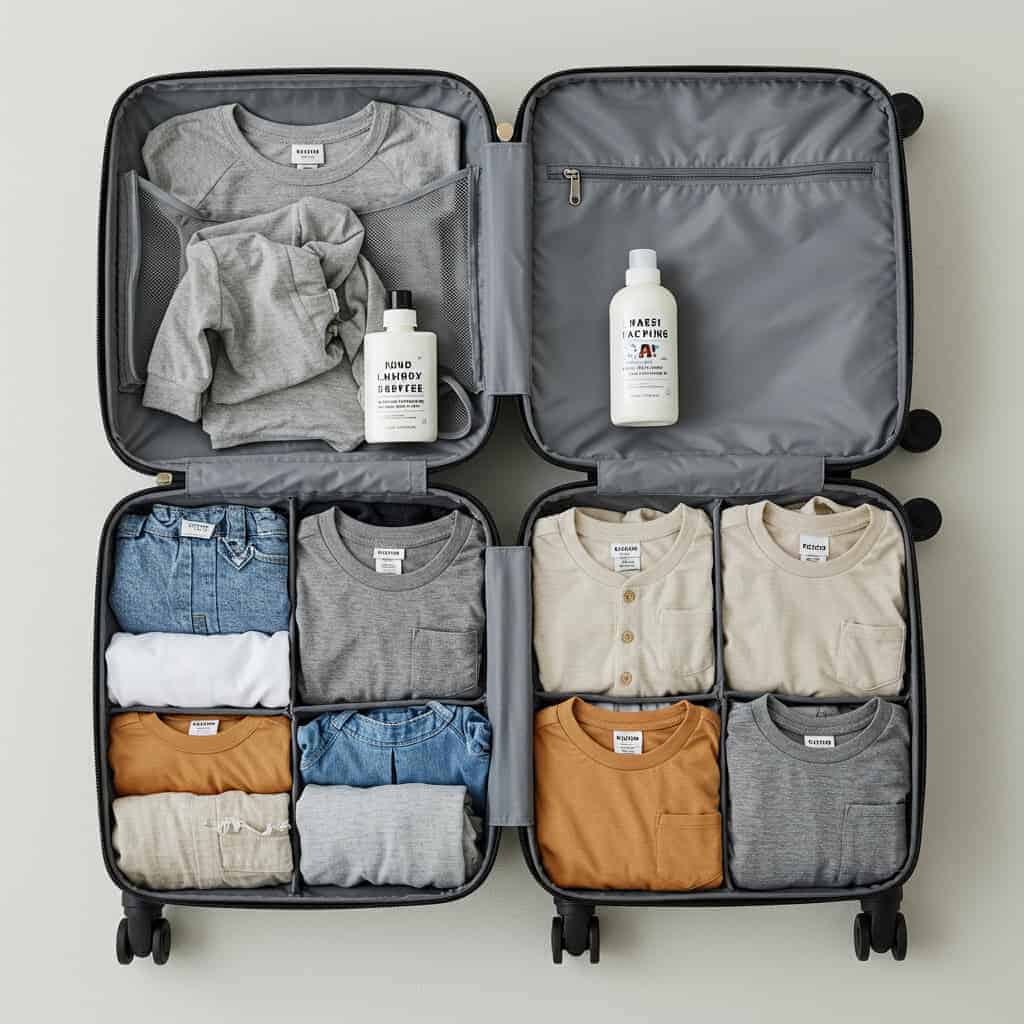
Packing several changes of clothes for each day can fill suitcases fast. Instead, choose versatile, mix-and-match clothing that can be layered or worn repeatedly. Quick-drying fabrics allow for easy hand-washing and re-wearing on the go. Unless you’re attending special events, focus on comfort and practicality. Most destinations offer laundry facilities or services, making it easy to refresh outfits as needed.
4. Bulky Car Seats
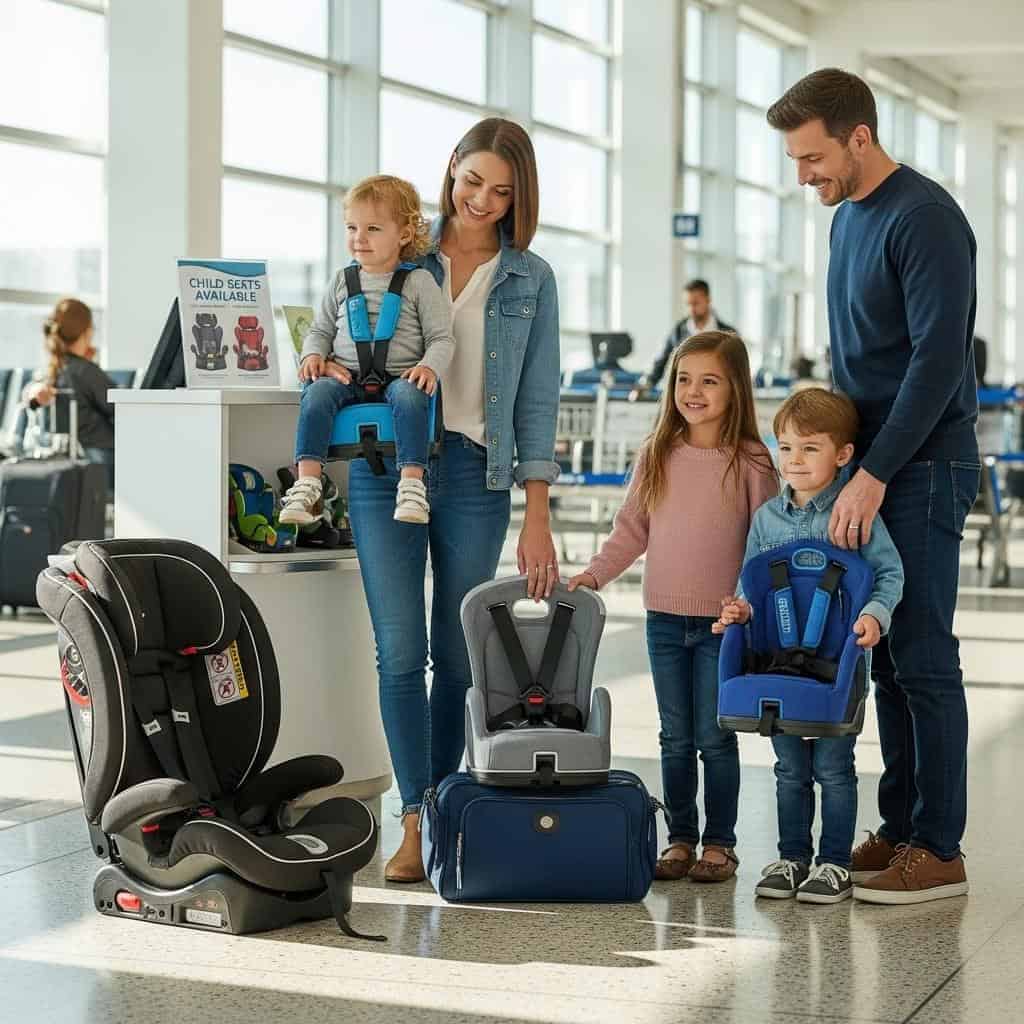
Full-sized car seats are often unnecessary, especially if your destination provides safe, regulated alternatives. Many countries offer car seat rentals or taxi services with child seats. For older children, portable travel boosters are lighter and easier to carry. Always research local laws and transport options ahead of time. If you must bring your own, consider compact, foldable models to save both space and hassle.
5. Excessive Snacks
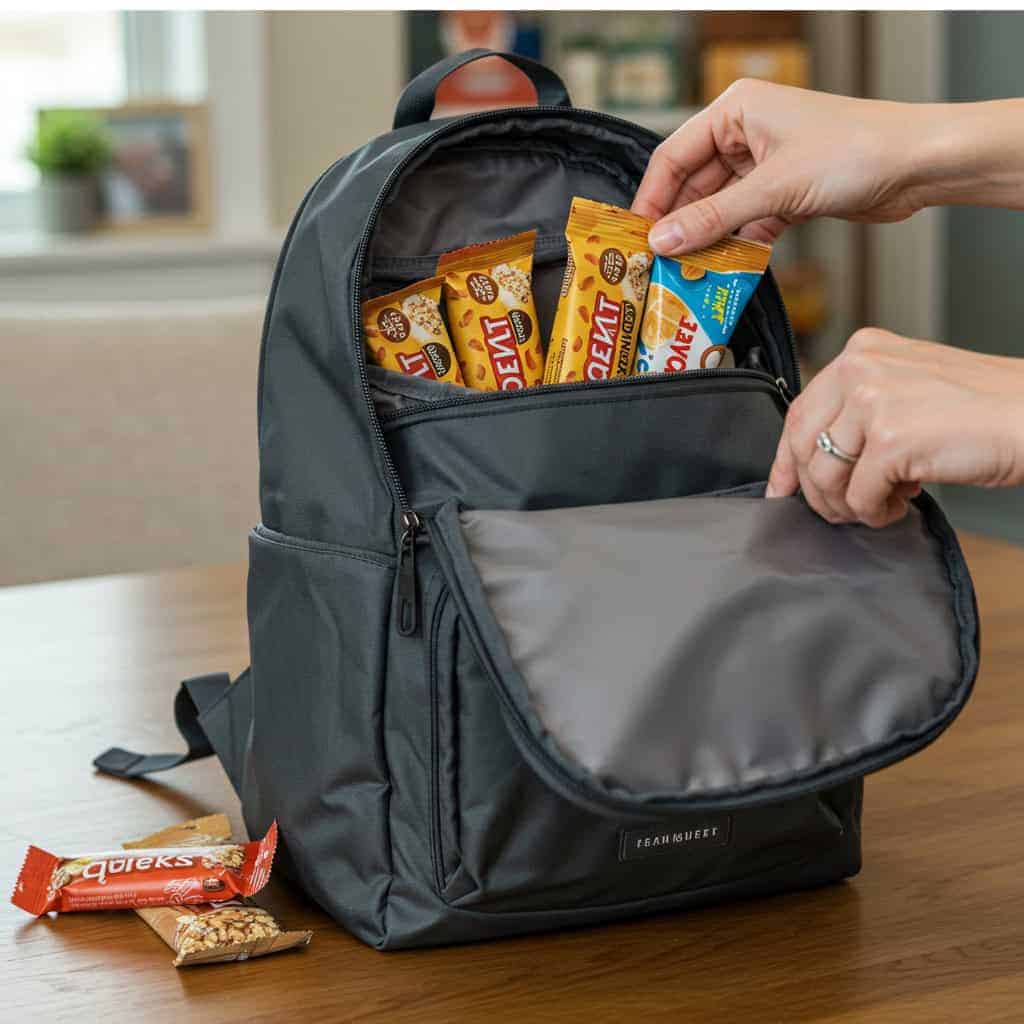
While snacks are important, overpacking can add unnecessary bulk to your bags. Most destinations have grocery stores and kid-friendly options, allowing you to restock as needed. Pack a small stash for transit and emergencies, but rely on local foods to introduce new flavors and lighten your load. Simple, non-perishable items like granola bars or dried fruit are usually sufficient.
6. Large Packs of Diapers and Wipes
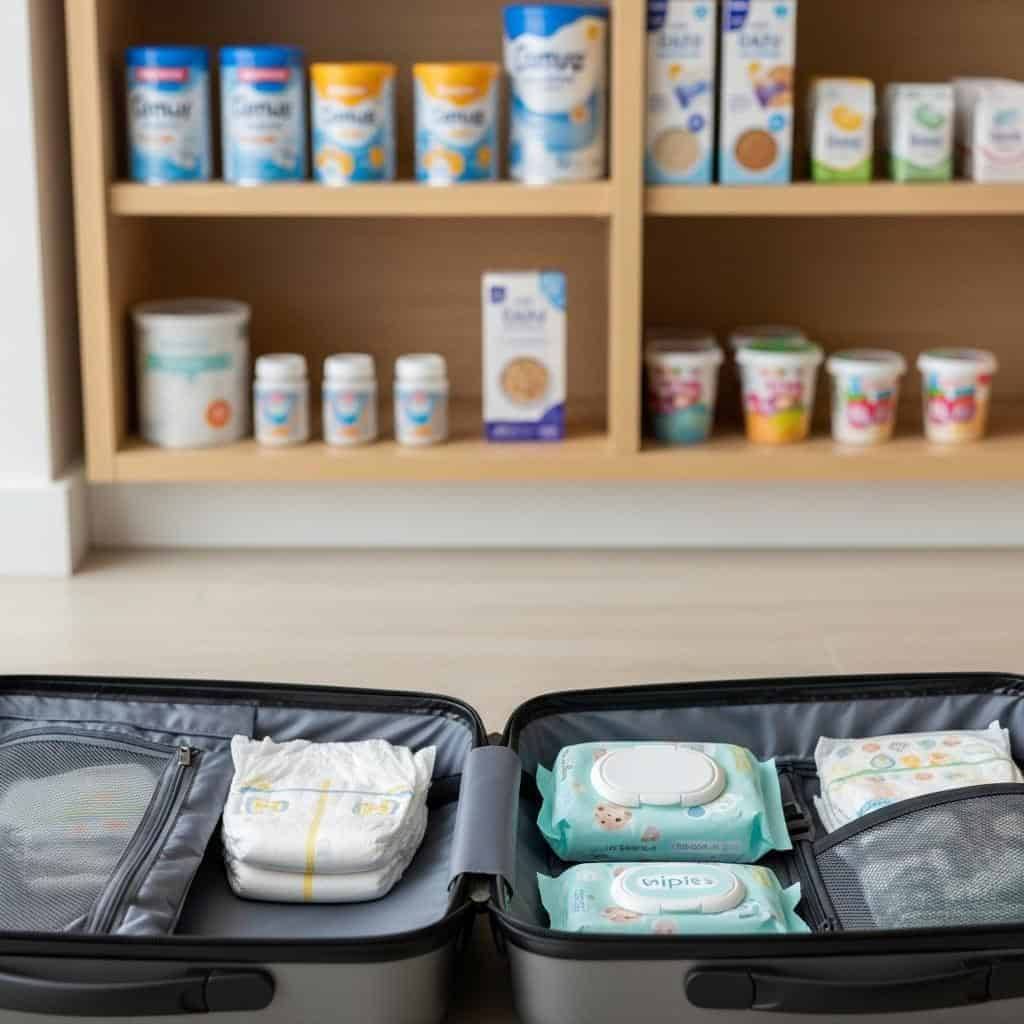
Carrying enough diapers and wipes for an entire trip is rarely necessary. Most cities and towns sell familiar brands, so bring only what you need for the first day or two. This frees up space and reduces the risk of luggage overload. In a pinch, many hotels, airports, and convenience stores carry baby essentials. Replenish as needed rather than burdening yourself from the start.
7. Full-Sized Toiletries
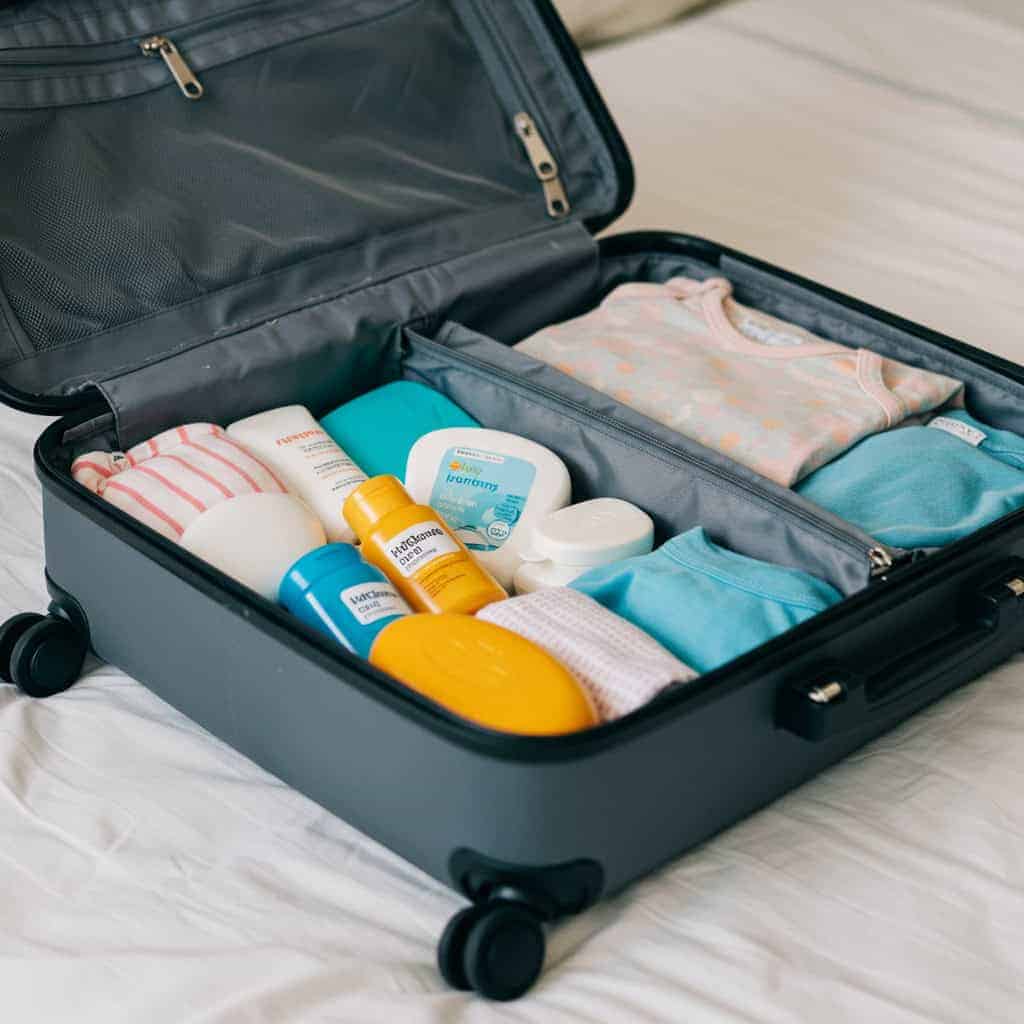
Large bottles of shampoo, lotion, and soap quickly eat up suitcase space. Opt for travel-sized containers or plan to use what’s provided at accommodations. Many hotels offer complimentary toiletries, and you can always purchase more at your destination. For babies and young children with sensitive skin, decant small amounts of their preferred products instead of packing full bottles.
8. Specialized Baby Gear (Bottle Warmers, Sterilizers, Etc.)
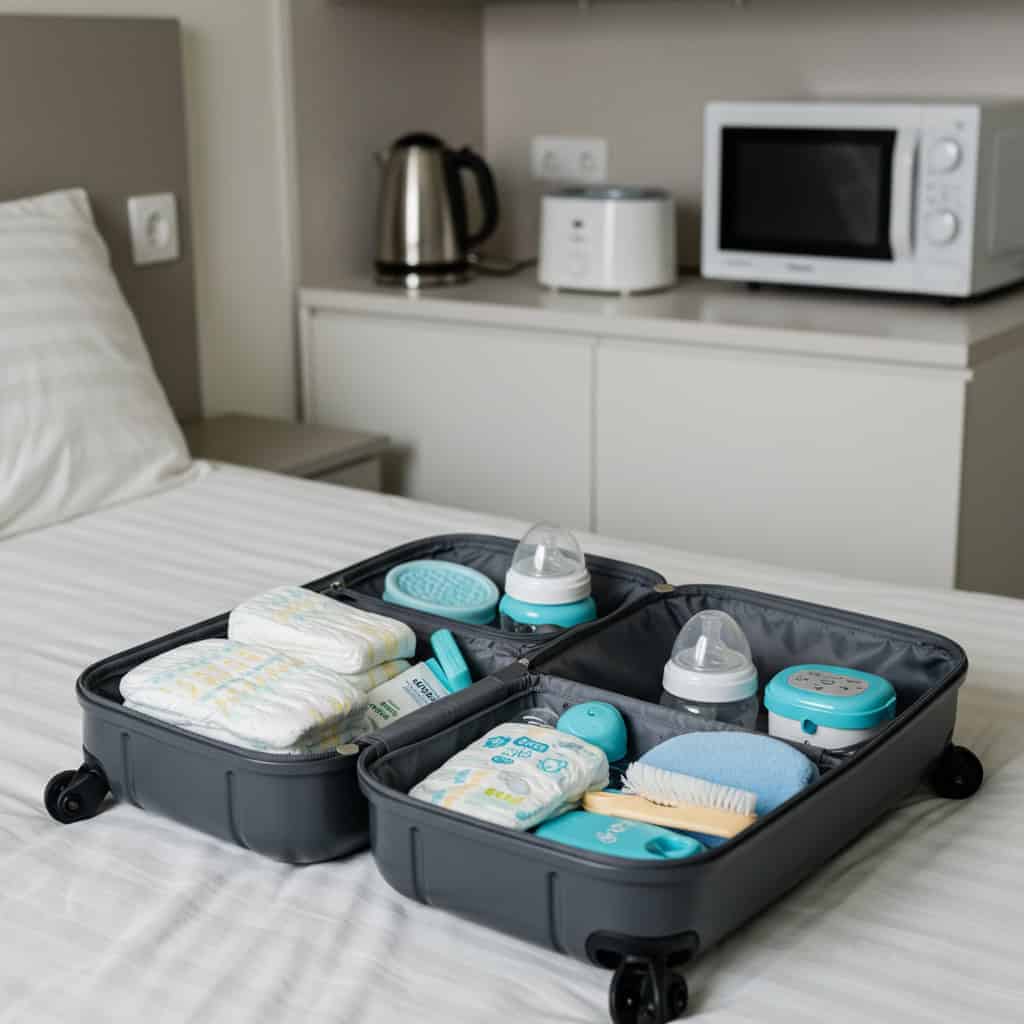
Many parents assume they’ll need every piece of gear, but most can be skipped or replaced with simpler solutions. Bottle warmers and sterilizers, for example, are often unnecessary—hot water from a kettle or microwave usually suffices. For cleaning, a travel-sized bottle brush and some dish soap are usually enough. If you’re staying with family or in rental homes, check what’s already available before packing extra gadgets.
9. Heavy Blankets and Pillows
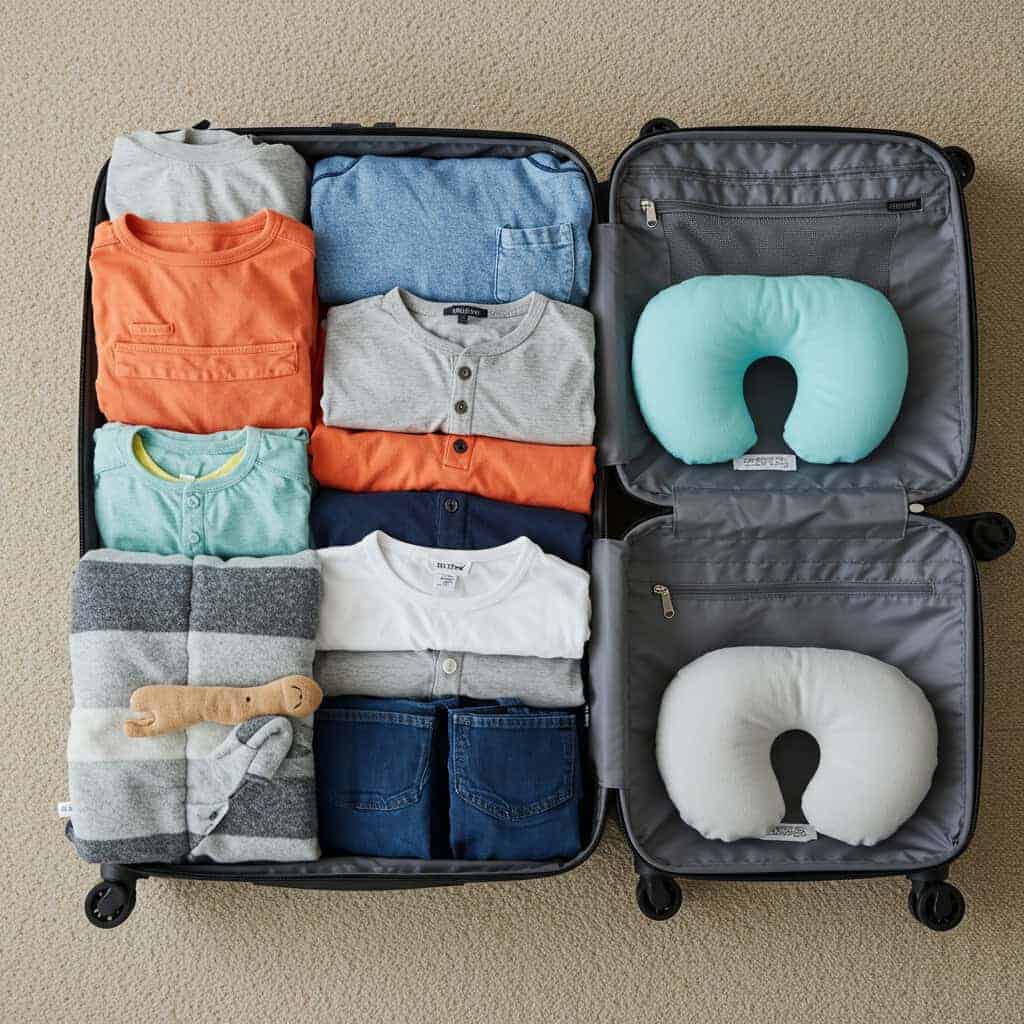
Bulky bedding items take up precious room and are rarely needed. Most accommodations provide suitable blankets and pillows, and lightweight travel blankets suffice for flights or chilly evenings. Consider packing a small comfort item if your child needs familiarity, but skip anything large or heavy. Compact travel pillows or a favorite stuffed animal can easily replace larger bedding.
10. Baby Bathtubs
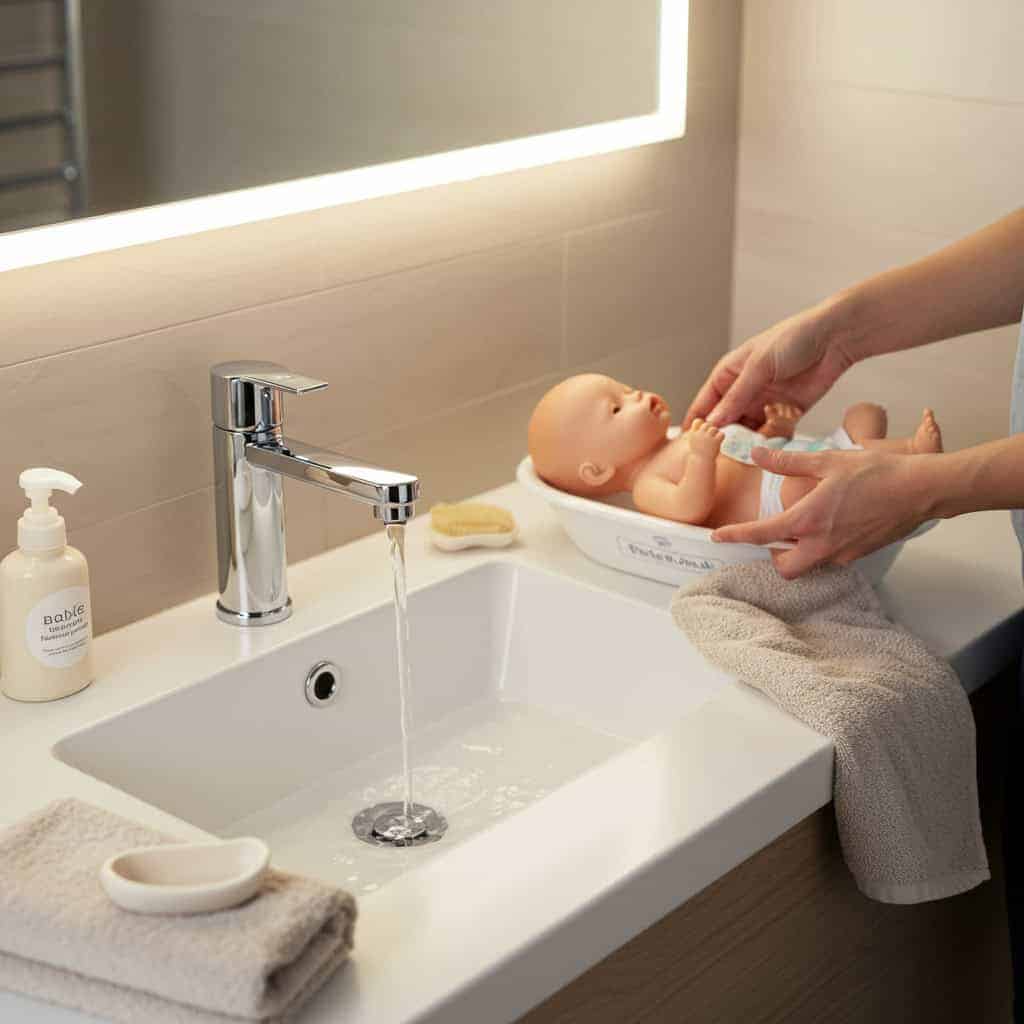
Portable baby bathtubs may seem convenient, but they add unnecessary bulk. Most babies can be safely and comfortably bathed in a sink, shower, or with a parent in a tub. Inflatable or foldable tubs are lighter alternatives if you feel one is needed, but in many cases, a simple towel and a gentle rinse suffice. Prioritize multi-use or easily replaced items instead.
11. Over-the-Top First Aid Kits
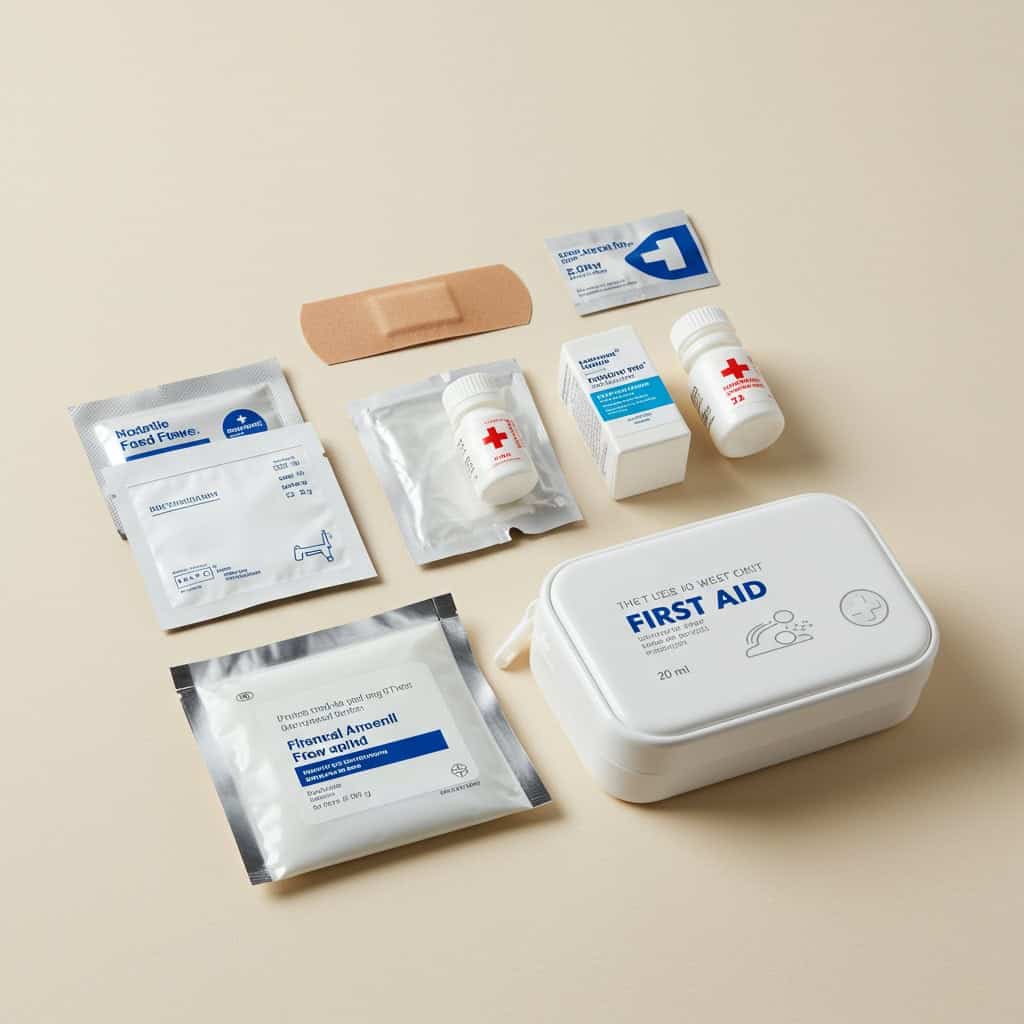
While a basic first aid kit is essential, packing every possible remedy is not. Stick to travel-sized versions of essentials: band-aids, antiseptic wipes, fever medicine, and any prescription medications. Most destinations have pharmacies and medical care if you need something more specific. Bulky kits with splints, thermometers, and multiple ointments can usually be left at home unless traveling somewhere remote.
12. Excessive Electronics
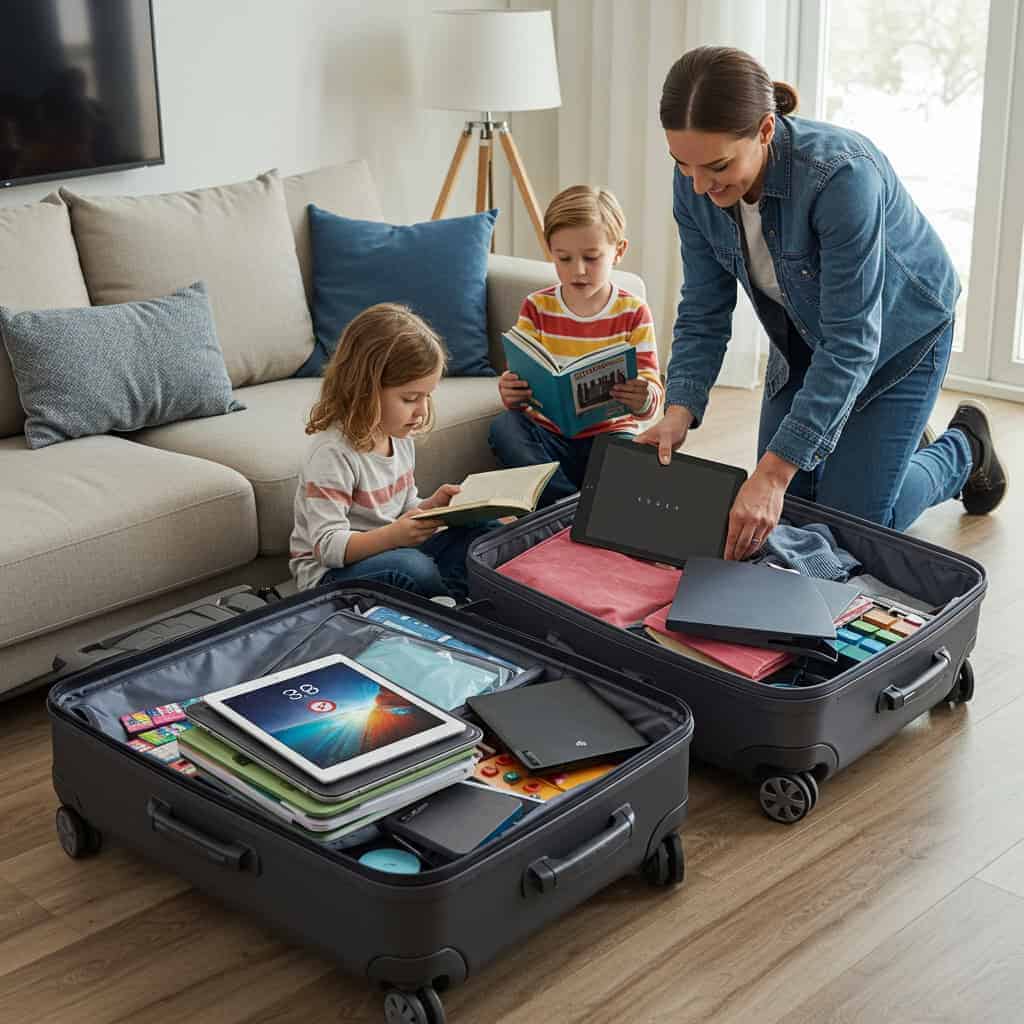
Bringing multiple devices—tablets, game consoles, laptops—can weigh you down and complicate charging. Limit electronics to one shared device or a tablet loaded with entertainment for downtime. Consider how much screen time you want to allow, and use travel as a chance to unplug. Most hotels provide Wi-Fi, and many activities don’t require gadgets to keep kids engaged.
13. Fancy or Impractical Shoes
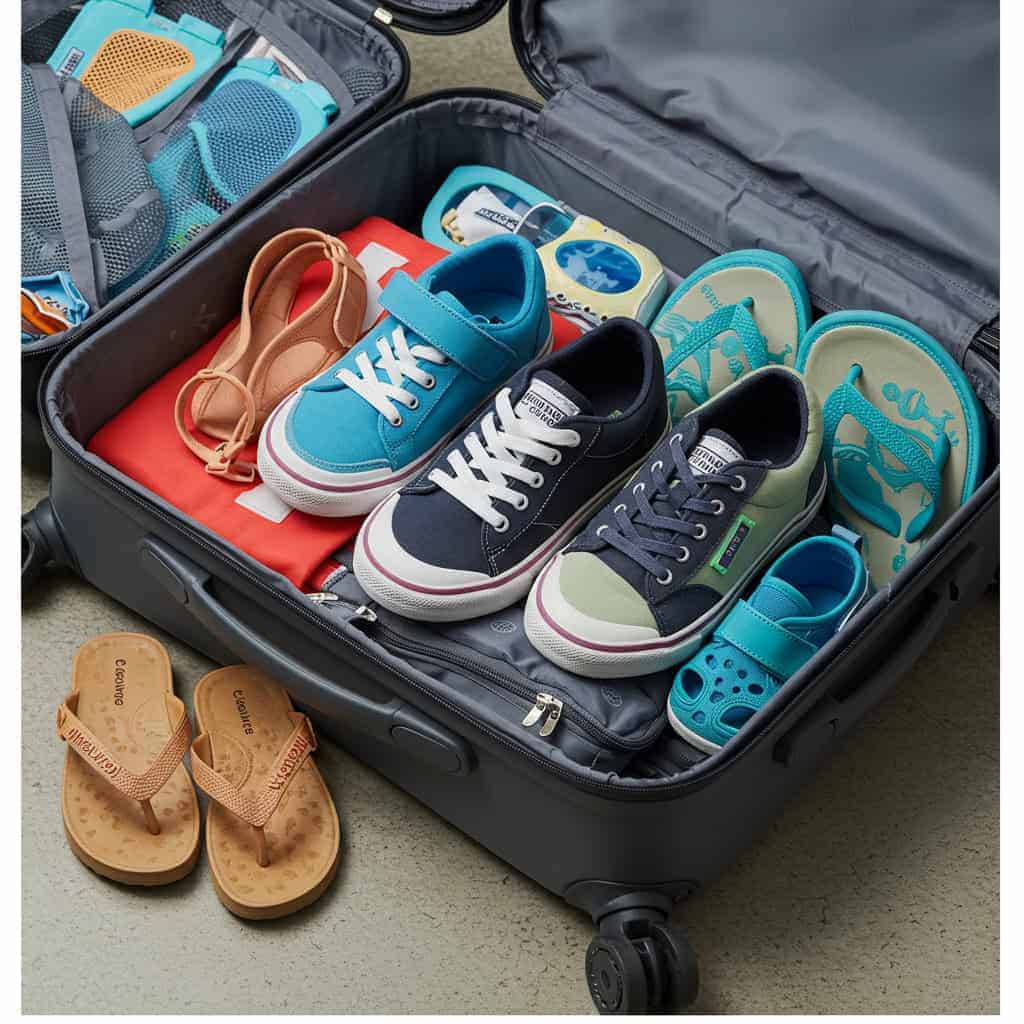
Packing several pairs of shoes, especially dressy or specialty ones, is rarely necessary. Focus on sturdy, comfortable footwear suitable for walking and versatile enough for different occasions. Sandals and sneakers often suffice for most trips, while flip-flops can double as slippers. Unless you have a formal event planned, skip the extras and save space for essentials.
14. Full-Sized High Chairs
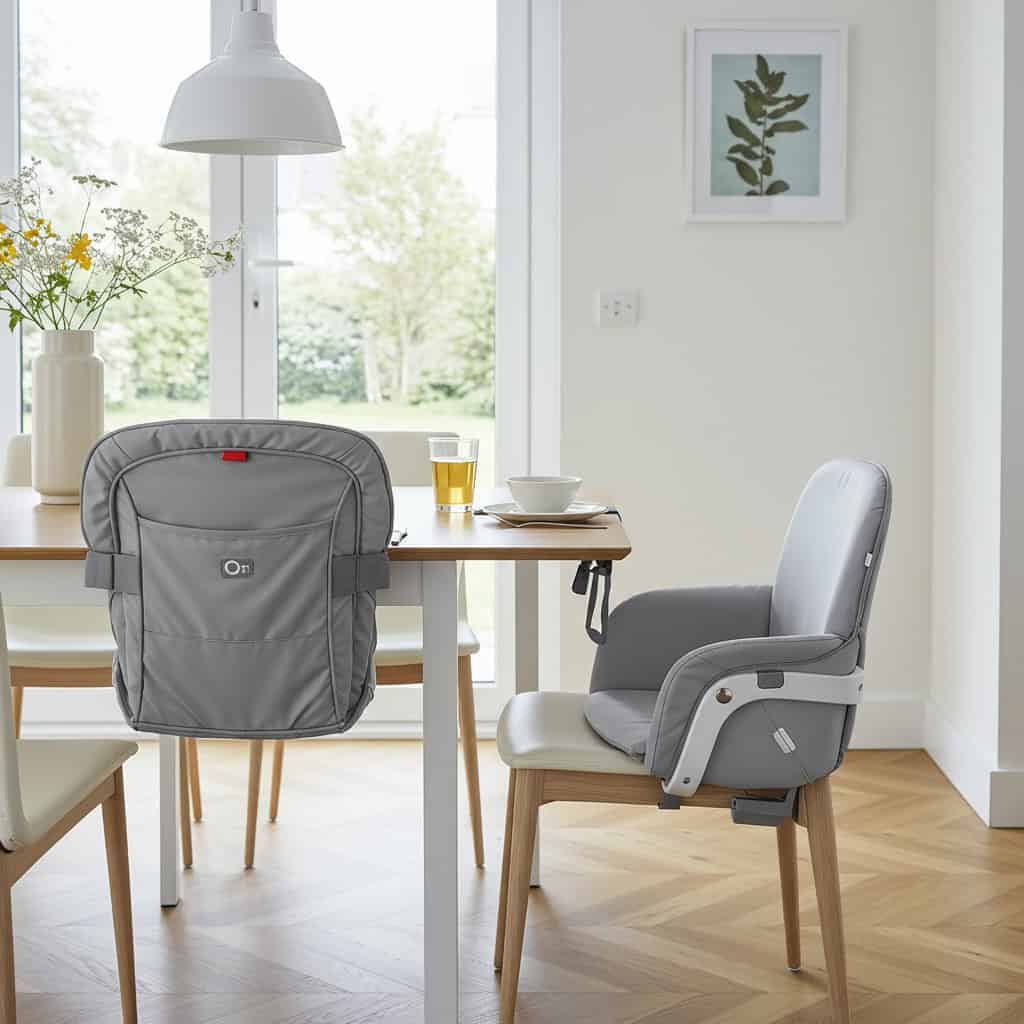
Standard high chairs are bulky and challenging to transport. Lightweight, portable booster seats or clip-on chairs are widely available and fit most dining setups. Many restaurants and accommodations provide high chairs or alternatives. If your child can sit independently, a simple travel booster or a folded towel for height works just as well.
15. Multiple Specialty Baby Foods
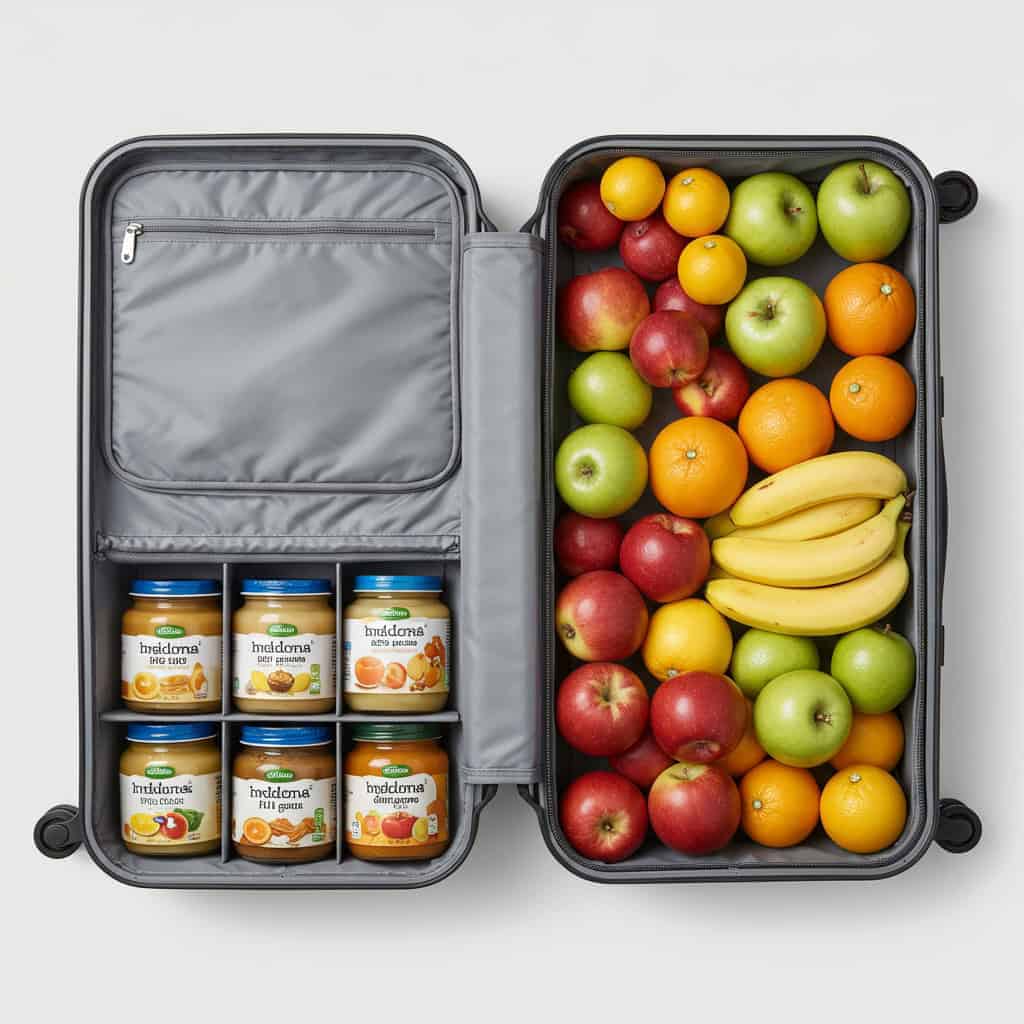
Bringing jars or pouches for every meal quickly adds up in weight and bulk. Most destinations offer baby-friendly foods or ingredients, so focus on a small supply for emergencies or travel days. Many babies and toddlers adapt well to local cuisine or simple, fresh foods. Packing versatile snacks and introducing new, safe flavors can simplify meals and reduce your packing list.
Conclusion
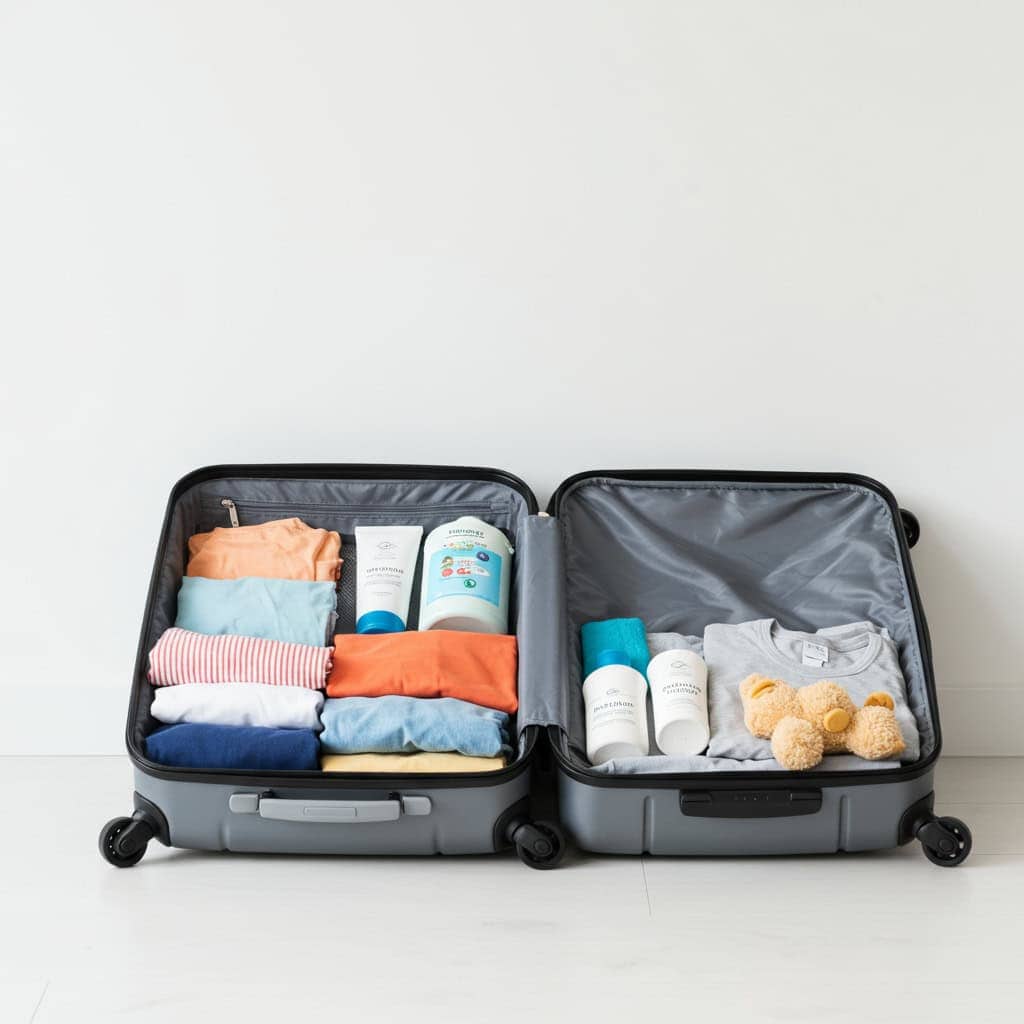
Streamlining your packing list and travel routines frees up space and energy for what truly matters—making memories together. By skipping non-essentials and embracing flexibility, you’ll find travel with kids more manageable and enjoyable. Let your destination inspire creativity, and trust that most needs can be met along the way. Traveling light not only reduces stress but also opens the door to new experiences and a greater sense of adventure.
.article-content-img img { width: 100% }
